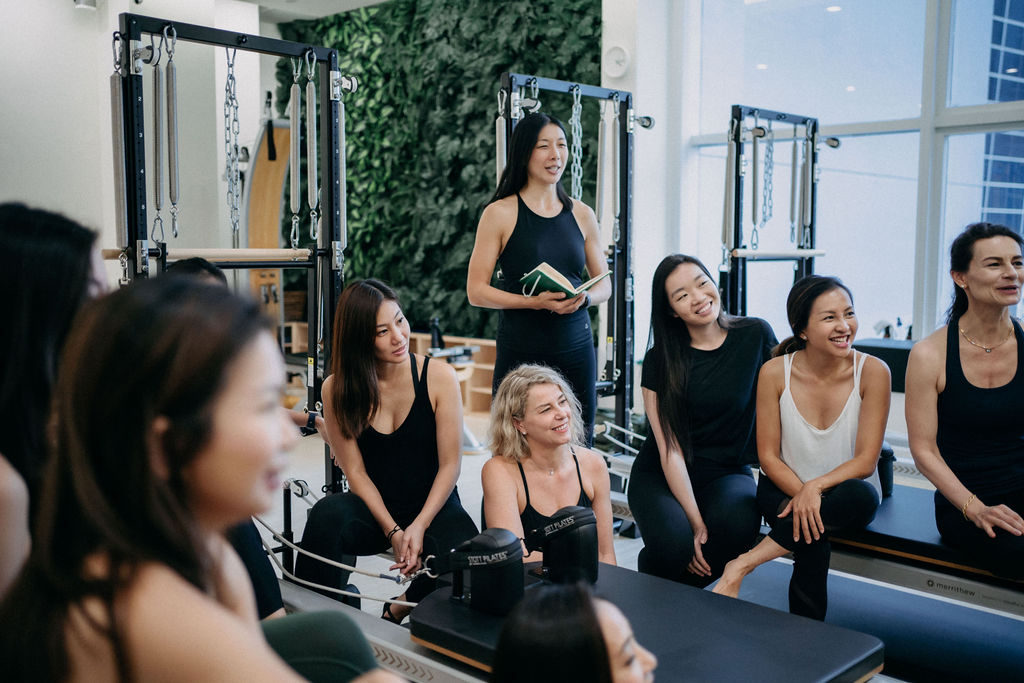
Our Health & Safety Policy

As we navigate the new landscape that is COVID 19, we thought we would share a little on the measures we have taken to keep clients healthy and safe.
At Breathe, we are committed to engaging in sustainable practices which promote holistic wellness, and to empower every individual to create a life of vitality and mobility. This belief extends to the cleaning products we have chosen to use in the studio. We avoid using toxic cleaning products (such as those containing bleach, pesticides, artificial fragrances, preservatives and surfectents) that are often carcinogenic, endocrine disrupting and pollute the environment.
Handwashing
It is well documented that washing your hands with soap and water for at least 20 seconds is the best way to remove germs. In the case of viruses, including coronavirus, soap dissolves the fatty membrane that holds the virus together. As the virus falls apart, it is rendered harmless and can easily be washed off under running water.
The coronavirus is primarily spread between people during close contact, most often via small droplets produced by coughing, sneezing, and talking. The droplets usually fall to the ground or onto surfaces rather than traveling through air over long distances.
Less commonly, people may become infected by touching a contaminated surface and then touching their face.
At Breathe, we encourage our clients to wash their hands BEFORE and AFTER the session, and to avoid touching the eyes, nose and mouth during the session, to reduce the chances of contamination.
Washing hands with soap and water is the best way to get rid of germs in most situations. We also have alcohol-based hand sanitisers in the studio for your convenience.
Cleaning Surfaces
Cleaning products can be divided into two main categories, soap and water and sanitisers/disinfectants. These two product categories handle germs (e.g. coronavirus, influenza etc.) in different ways. Soap and water remove and inactivate germs, through cell lipolysis, while sanitisers/disinfectants kill germs while leaving them in place. We avoid the use of sanitisers/disinfectants under normal circumstances because they often contain poisonous and health damaging chemicals, kill good bacteria and create resistant superbugs (when some germs don’t die).
At Breathe, we perform deep cleans of equipment and studio space with soap and water three times a week. On high-touch surfaces such as doors, counters and sitting areas, we perform a 3 hourly wipe down with alcohol wipes. To remove germs whilst maintaining the optimum performance of equipment and props, all equipment and props used are wiped down after every use, with water and Tea Tree Essential oil, which is also naturally anti-bacterial, anti-fungal and anti-virus.
Safe Distancing & Other Safety Measures
To reduce close contact and the likelihood of spreading viruses, we have limited our studio and class capacities. Equipment has been moved so that there is a 2m distance between every individual doing a session at Breathe. We are open strictly by appointment only as well and walk-ins and additional visitors are not allowed during this period.
Anyone with a fever or any signs and symptoms of respiratory illness are also turned away. All front desk staff are required to wear a mask while in the studio. Clients and instructors are encouraged to wear a mask during the session, however the session might be strenuous for some and in view of other health risks associated with mask wearing while exercising, we leave it up to client and instructor discretion for use of mask during the session.
- https://www.cdc.gov/handwashing/when-how-handwashing.html
- Burton M, Cobb E, Donachie P, Judah G, Curtis V, Schmidt WP. The effect of handwashing with water or soap on bacterial contamination of hands. Int J Environ Res Public Health. 2011;8(1):97-104. doi:10.3390/ijerph8010097
- Kwok YL, Gralton J, McLaws ML. Face touching: a frequent habit that has implications for hand hygiene. Am J Infect Control. 2015;43(2):112-114. doi:10.1016/j.ajic.2014.10.015
- Casey ML, Hawley B, Edwards N, Cox-Ganser JM, Cummings KJ. Health problems and disinfectant product exposure among staff at a large multispecialty hospital [published correction appears in Am J Infect Control. 2018 May;46(5):599]. Am J Infect Control. 2017;45(10):1133-1138. doi:10.1016/j.ajic.2017.04.003
- Wińska K, Mączka W, Łyczko J, Grabarczyk M, Czubaszek A, Szumny A. Essential Oils as Antimicrobial Agents-Myth or Real Alternative?. Molecules. 2019;24(11):2130. Published 2019 Jun 5. doi:10.3390/molecules24112130
Share — Facebook Twitter
 WHATSAPP
WHATSAPP


